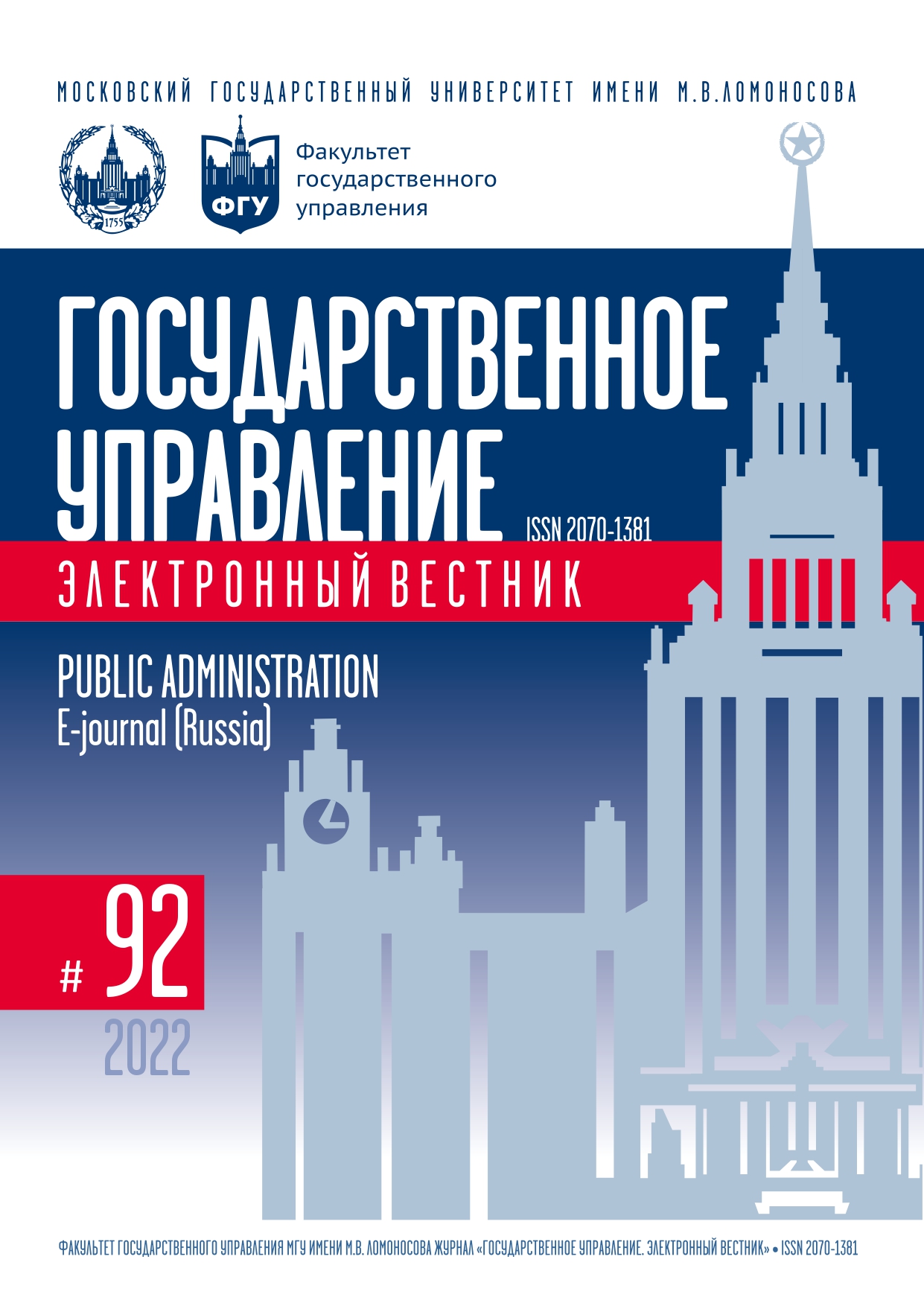Ingush and Ossetian Peoples as a Part of Russian and Soviet States (18th–First Half of 20th century): To the Prehistory of 1992 Conflict
Keywords:
Ossetians, Ingush, conflict, ethnos, Russian Empire, the Bolsheviks, USSR, VladikavkazAbstract
The article covers the history of Ingush and Ossetian people as a part of Russian and Soviet states and the prerequisites for forming the conflict between these two nations. In 1992 The Ossetian-Ingush conflict exploded into an armed uprising. Even though it was short-termed, it is still an issue in the area of interethnic relations in Russian Federation. The appropriate measures haven’t been considered for resolving this conflict yet. The author studies the policy of the Russian Empire, and then the USSR for Ingush and Ossetian by analyzing historical background of the conflict. The article acknowledges that the differences between the development paths of Ingush and Ossetian, and ethnic religious characteristics of these nationalities have caused different attitudes of the imperial and then Soviet authorities to these ethnic groups. The historical memory of Ingush and Ossetian relations doesn’t trace enmity, on the contrary, both ethnoses, due to geographical proximity to each other, developed kinship ties with each other, as a result of which surnames were formed, which are still found among both Ossetians and Ingush. However, the policy that had been pursued by Soviet authorities in 1930-s actively contributed to the escalation of the acute conflict and the deportation of the Vainakh peoples in 1944 and the subsequent transfer of the Prigorodny district to Ossetians marked the beginning of an acute conflict between Ossetians and Ingush. Taking into consideration particular historical circumstances it is important to create a basis for finding the ways to resolve the Ossetian-Ingush conflict at the present stage.
References
Березов Б.П. Переселение осетин на плоскость. Орджоникидзе: ИР, 1980.
Гатагова Л.С. Северный Кавказ в эпоху поздней империи: природа насилия. 1860–1917 гг. М.: Новый хронограф, 2016.
Гатагова Л.С., Трепавлов В.В. Перед толпою соплеменных гор. Проблемные вопросы истории политики России на Кавказе (XVIII–XIX вв.). М.– СПб.: ИРИ-РАН, 2019.
Магометов А.Х. Общественный строй и быт осетин (XVII–XIX вв.). Орджоникидзе: ИР, 1974.
Мартиросиан Г.К. История Ингушии. Орджоникидзе: Сердало, 1933.
Ушпаров И.А. «Спящий» конфликт: интерпретации событий вокруг Пригородного района в Северной Осетии и Республике Ингушетия // Политическая наука. 2020. № 2. С. 256–279. DOI: 10.31249/poln/2020.02.13
Цуциев А.А. Осетино-ингушский конфликт (1992–...): его предыстория и факторы развития. М.: РОССПЭН, 1998.
Чибиров Л.А. Первые шаги по урегулированию осетино-ингушского конфликта. Бесланское соглашение // Вестник Владикавказского научного центра. 2016. Т. 16. № 1. С. 21–26.
Rezvani B. The Ossetian-Ingush Confrontation: Explaining a Horizontal Conflict // Iran and the Caucasus. 2010. Vol. 14. Is. 2. P. 419–429.
DOI: 10.1163/157338410X12743419190502.
Smetana M., Ludvik J. Between War and Peace: A Dynamic Reconceptualization of «Frozen Conflicts» // Asia Europe Journal. 2019. Vol. 17. P. 1–14. DOI: 10.1007/s10308-018-0521-x.
Stavenhagen R. Ethnic Conflict and the Nation State. Basingstoke: Macmillan, 1996.

